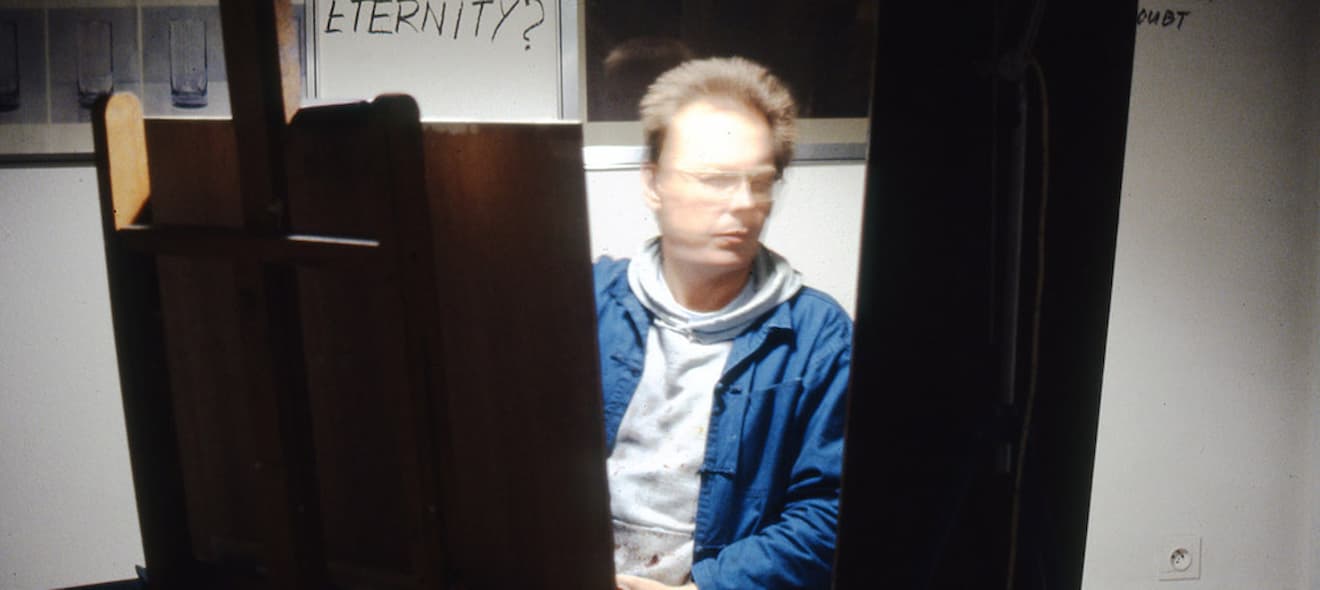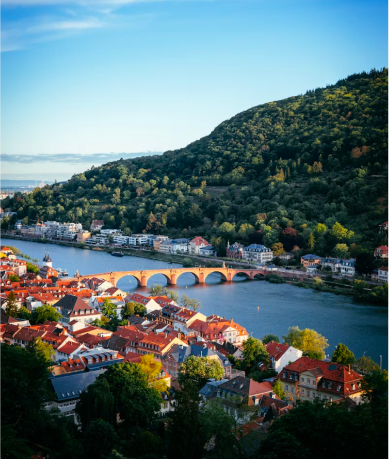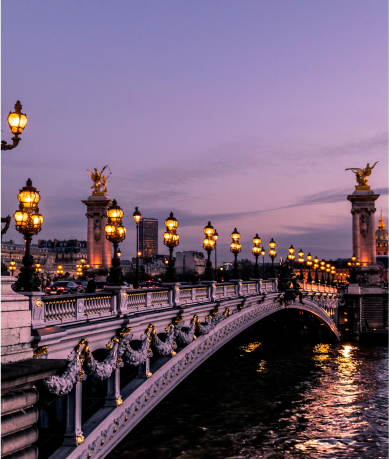Roger Dale is an esteemed Schiller International University alumnus who attended the Château de Pourtalès campus from 1977 to 1979, where he earned his Master of Fine Arts. Based in Strasbourg, France, Roger had a distinguished 40-year career as a professor at the Haut École des Arts du Rhin and continues to inspire as a guest lecturer at the Brassart Graphic Arts School. As one of the main artists featured in the upcoming Schiller Alumni Art Exhibition on November 3 at the chateau, Roger’s work has captivated audiences worldwide. We had the chance to speak with him about his artistic journey, Schiller memories, and his continued passion for creativity.
You have such a rich background as an artist. Can you share a bit about your early life in Canada and how it shaped your career?

My early years in Canada were very difficult. Nature there was quite hostile, and life was precarious in those severe conditions. At the time, Canada was a young country struggling to find its identity, and the only real culture I encountered was that of the Amer-Indians, a decimated and broken people. There were no museums or encouragement to become an artist at all. But I had a modest talent for drawing, and that helped me escape from the humdrum life.
When I was around 18, I was fortunate to meet an artist-shaman named ManWoman. He was a sincerely spiritual and slightly crazy figure who opened my eyes to the artistic world and encouraged me to attend the Alberta College of Art and Design. Around that same time, I made my first trip back to England and met my uncle, who was a competent portrait painter. He took me to my very first museum, where I saw a portrait of Modigliani. That moment inspired me so much that I knew I had to become an artist. It made the impossible seem within reach.
What brought you to Schiller International University, and what was your experience like at the Château de Pourtalès?
My life has often been guided by “signs,” and Schiller was no exception. After receiving my diploma from the Alberta College of Art and Design, I was awarded a generous grant from a private foundation. When I asked one of my instructors what I should do with it, she simply said, “Go look in the library, Roger!”
In the library, I saw the most beautiful image I’d ever seen – an aerial view of an 18th-century château surrounded by a lush green park with fantastic trees. That château was Château de Pourtalès, Schiller Europe University, in Strasbourg. I knew instantly that I had to go there.
It was love at first sight! Though the château was somewhat decrepit, it was full of poetry and dreams, especially the park, which has since been a central part of my artistic expression. Schiller opened up Europe for me – the languages, cultures, history, and the sophistication. The access to cities like Paris, Florence, and Berlin felt like a dream come true. My professors, Erik Vandemeulebreocke and Pierre Kuentz, were very generous and gave me the opportunity to teach – a lifeline that has stayed with me throughout my career.
How did your time at Schiller and the study tours shape your artistic journey?
The study tours were incredible, especially Berlin, which was divided at the time. Crossing through Checkpoint Charlie into East Berlin was unforgettable. The museums and orchestras there left a lasting impact on me. I’ve since done many paintings and exhibitions in Germany, particularly in Berlin, where my two sons, Tristan and Elias, live today.
Living at the Château's park with its ancient trees had a profound influence on me as well. Walking among those trees at night reminded me of Mark Rothko’s later paintings, and I felt compelled to capture that spirit. Schiller also brought me into contact with amazing artists like Peter Dreher, who became a mentor and hero. His genius and friendship have guided me throughout my career.
Can you tell us more about your “Struthof, 100 Views of Freedom” project and how your political conscience has evolved through your art?
Living in Alsace, where remnants of both World Wars still linger, I was shocked to discover that there was a Nazi concentration camp just 50 kilometers from my home. The Struthof Concentration Camp became a focal point of my artistic expression, and I embarked on a project titled "Struthof, 100 Views of Freedom." It has toured Europe, and last July, it was shown in Sarajevo. If things go as planned, it will have a final resting place at the Srebrenica Memorial Center in Bosnia.
Artists like Picasso, Goya, and even Bob Dylan have shaped my political consciousness. My goal is to make a humble contribution to the fight against barbarism through painting. I see myself as a “little soldier of painting,” trying to make a difference.
Looking back, what moments stand out most in your career?
I’ve been lucky to have had the support of my family, friends, and colleagues. To be named “Chevalier de L’Ordre des Arts et Lettres” by the French Minister of Culture was an unbelievable honor. My first solo show in Paris in 1989 remains one of my most memorable exhibitions. Growing up in the backwoods of Canada, I never imagined that I would one day have a show in Paris!
What are you most excited about for the upcoming Schiller Alumni Art Exhibition at the Château de Pourtalès?
I’m really looking forward to reconnecting with old friends at the Château. It’s like returning to the scene of the crime! I plan to show some portraits from our student days and perhaps some newer works, including a large triptych that was commissioned to hang in the château’s staircase.
What’s next for you?
I have an exhibition coming up in November in Besançon, and during the vernissage, the premiere of a documentary about my work and adventures will be shown. It’s called PAX VOBIS, and it’s been four years in the making. It’s exciting to see it all come together!
Finally, what advice do you give to young artists, and students, today?
My advice has always been the same: Look at the world and tell us what you see! We need your honest and authentic perspective. Don’t let anyone usurp your vision. Stay creative, be vigilant, and have faith in your dreams. And most importantly – learn to teach!

 Request More Information
Request More Information









